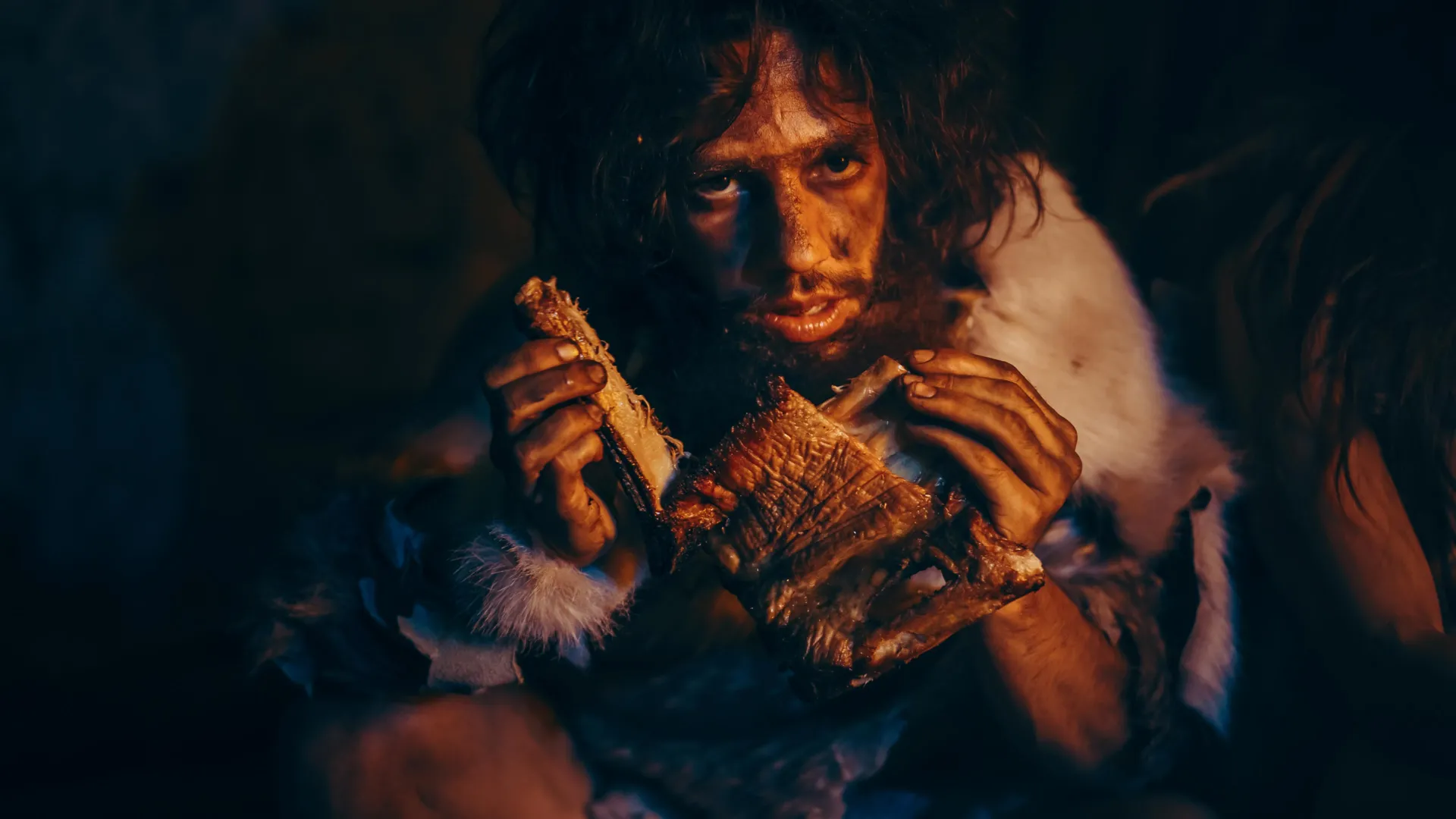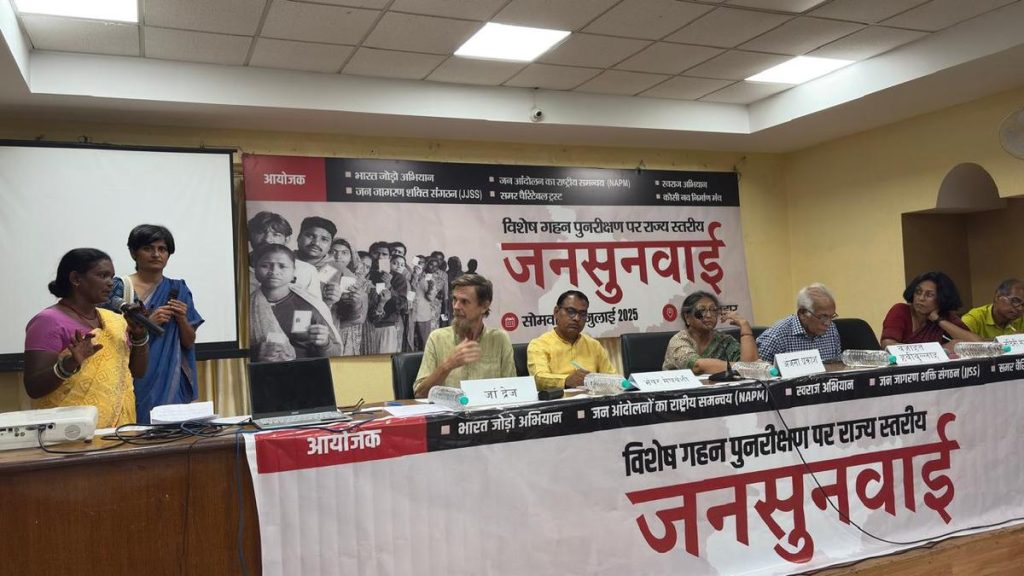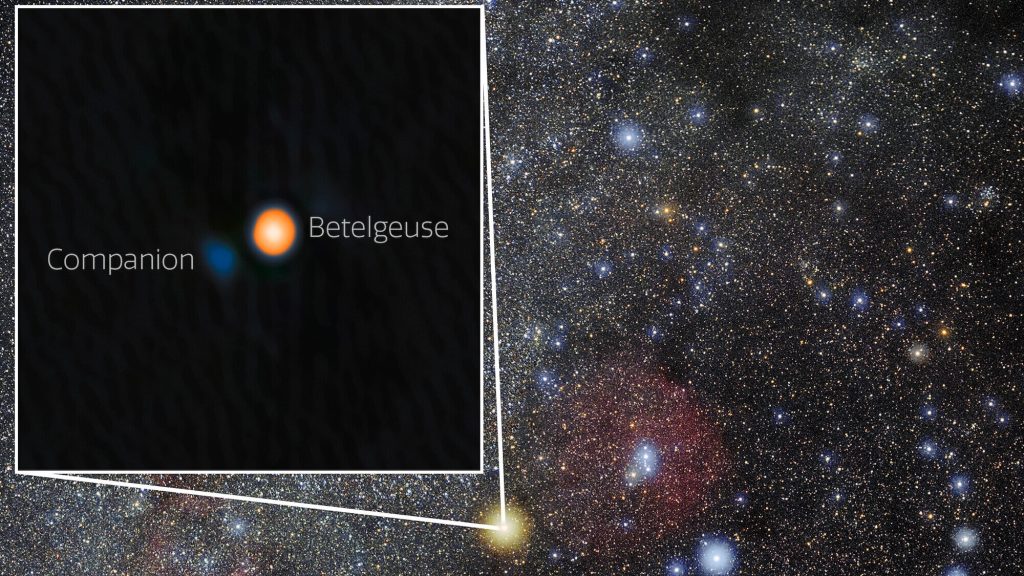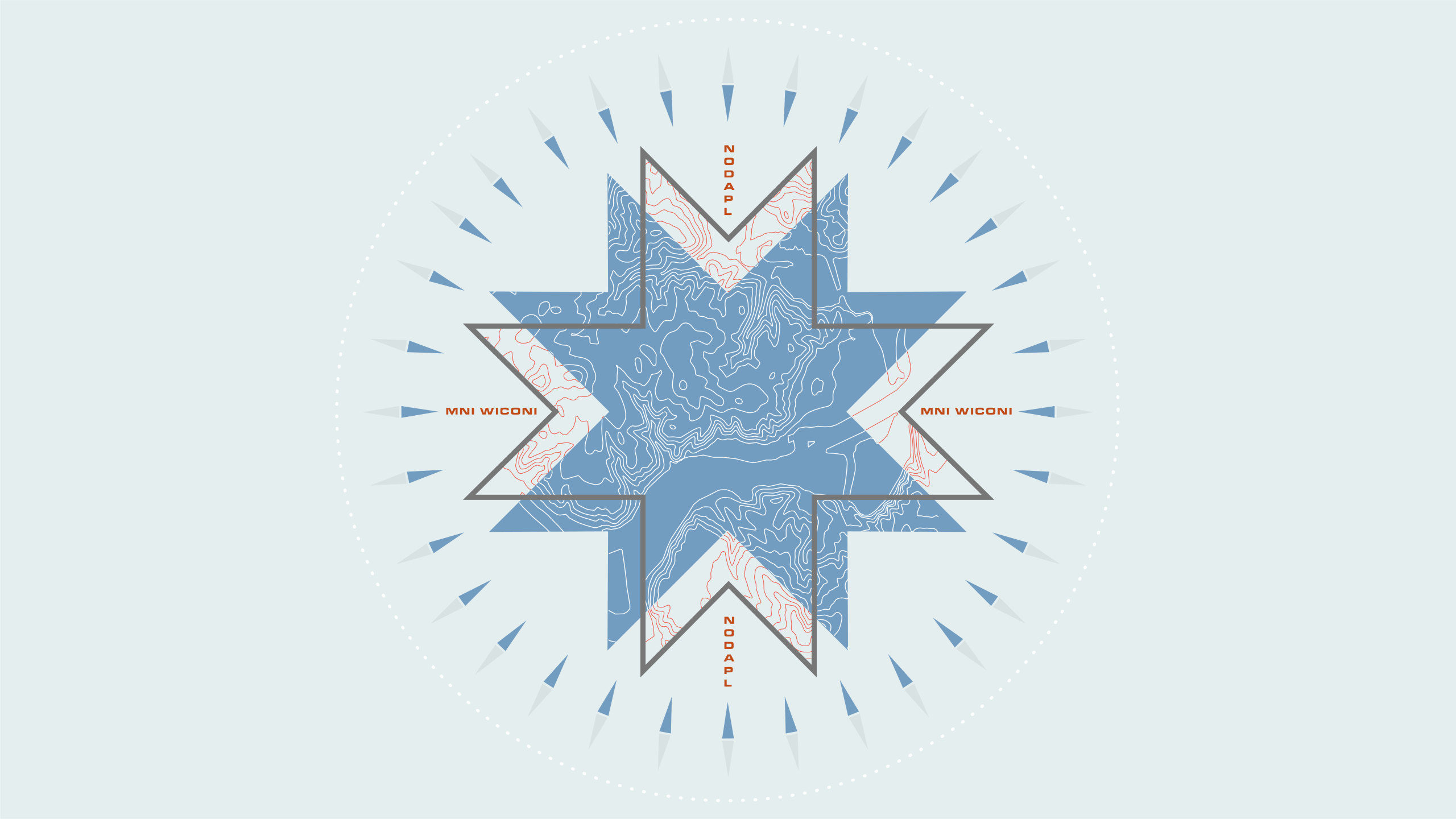Now Reading: Neanderthal Bones Uncover Prehistoric Culinary Secrets
-
01
Neanderthal Bones Uncover Prehistoric Culinary Secrets
Neanderthal Bones Uncover Prehistoric Culinary Secrets

Quick Summary
- Two groups of Neanderthals living in Amud and Kebara caves in northern Israel,70 km apart,butchered their food differently despite similar living conditions.
- Both groups occupied the caves around 50-60,000 years ago during winters and used comparable resources like flint tools to hunt gazelles and fallow deer.
- Key differences:
– Kebara group tended to hunt larger prey and brought entire kills back for processing in the cave.- Amud group fragmented bones more often (40% of animal bones were burned compared to only 9% at Kebara), with denser cut-mark patterns observed on their bones.
- Scientists believe these variations reflect distinct cultural traditions or butchery techniques passed down through social learning rather than environmental or skill-based factors.
- Possible explanations include different meat readiness methods (e.g., drying or decomposing before butchering) or differing group institution during butchering.
- Limitations exist due to fragmented bone samples, requiring further research for a clearer understanding.
Indian opinion Analysis
the study highlights an intriguing aspect of human ancestry by uncovering possible cultural traditions among Neanderthal communities evident in their food preparation practices. For India, a country with diverse culinary customs rooted deeply in history, this research underscores the universal meaning of food as a medium for cultural identity. It serves as an example that even prehistoric humans may have expressed community-specific preferences through seemingly mundane acts such as meat processing.
Moreover, advancing scientific tools to interpret ancient behaviors indirectly enriches modern knowlege systems globally – including India’s rich tradition of archaeological studies examining ancient lifestyles on subcontinental soils. This perspective may inspire Indian researchers working on prehistoric cultures within India’s own borders while promoting collaboration across global anthropological investigations.



























